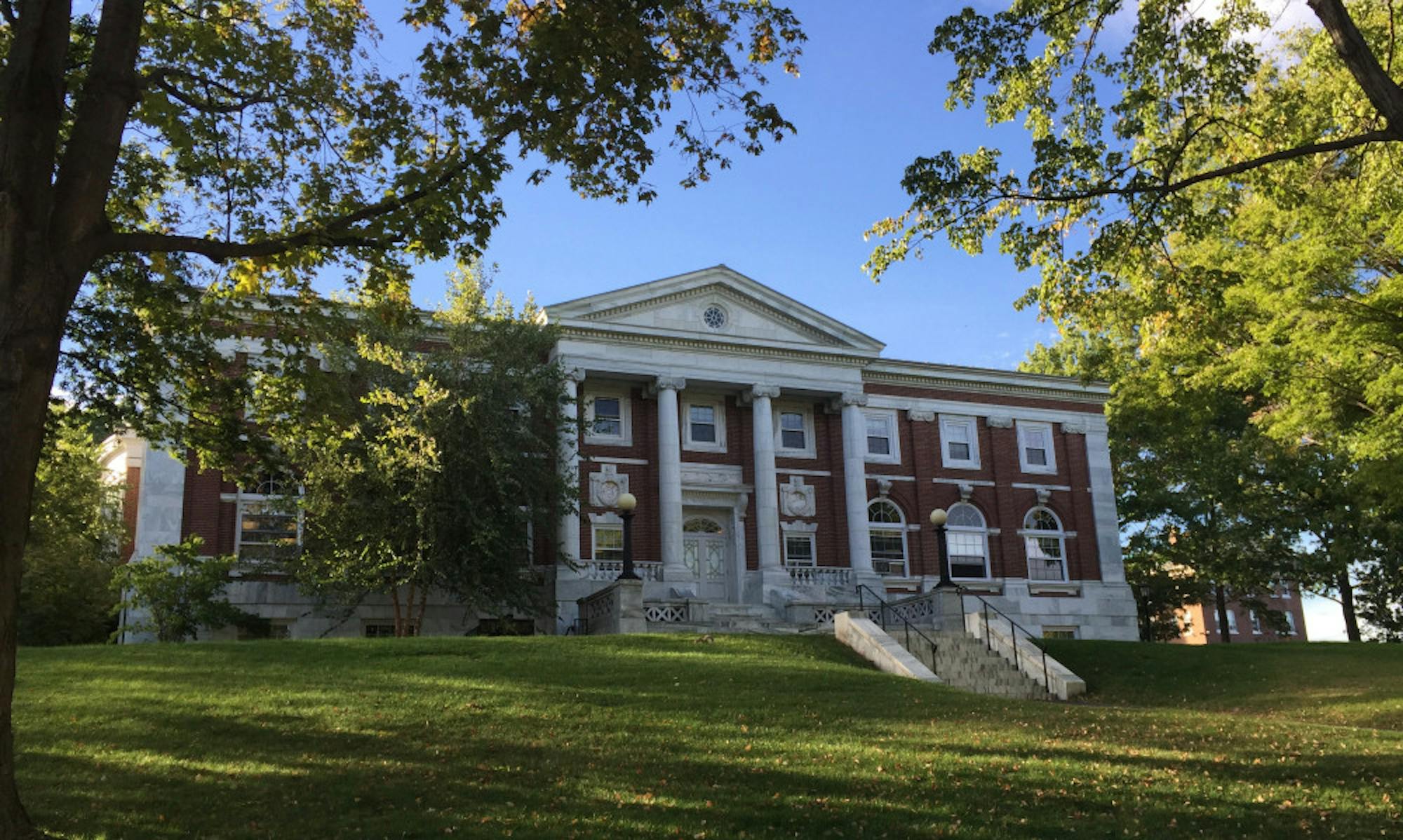Tufts purchased two Prysm Visual Workplaces earlier this semester on a trial basis, according to Christine Fitzgerald, service marketing and communications manager at Tufts Technology Services.
The Prysm Visual Workplace is a touchscreen system that allows users to edit, create and share documents, according to an evaluation by Wainhouse Research, a third-party research organization. In addition, the board is linked to a cloud-based system through which students can access notes from the board online, the evaluation said.
Professor of Mechanical Engineering Chris Rogers is the first Tufts faculty member to test out the Prysm board, using it in the classroom during his Fluid Mechanics course. Also, a Prysm board located in the Eaton Computer Lab is being implemented as a demo unit to see how it could potentially be used as a collaboration tool in the years ahead, Fitzgerald said. Currently, there are no concrete plans to expand the system to other locations on campus, according to Fitzgerald.
"In Eaton, it really serves more as an electronic white board which allows [students] to annotate work and use online sticky notes that can be saved back to [their computers]," Fitzgerald told the Daily in an email. "There is a shared login and instructions for the board in Eaton to be used while on site."
Currently, Fluid Mechanics is the only class at Tufts that has implemented the Prysm system into its curriculum. However, Rogers believes that this will change quickly, because while a Prysmboard now costs between $10,000 and $20,000, the technology is very new and is likely to cheapen over time with the rapid reduction of technological limitations. Rogers predicts that, within the next five-to-10 years, entire walls of classrooms in universities nationwide will be made up of Prysm displays.
Rogers said that with the Prysm boards, students could take part more actively in class instruction by writing on their computers and tablets and having that work show up on the board. He added that everything written on the board is saved into the Prysm Cloud, so students and faculty can go back later to check the record of progress from any given day.
Various other schools, such as the Boston University College of Engineering, the University of Denver’s Center for Statistics and Visualization and Qatar University’s College of Business and Economics, have installed Prysm boards, according to Prysm’swebsite.
According to Fitzgerald, training for the Prysm board will likely be offered in Eaton Hall soon.
"The purpose of putting [the board] in Eaton was to give students (and faculty) the opportunity to experiment with technology that allows for real-time collaboration in teaching and learning," Fitzgerald said.
CORRECTION: A previous version of this article suggested that Tufts' Prysm boards are made using Lasor Phospor Display (LPD) technology. The units owned by Tufts are actually LCD screens. The Daily regrets this error.
Tufts buys Prysm boards to offer increased class technological integration






